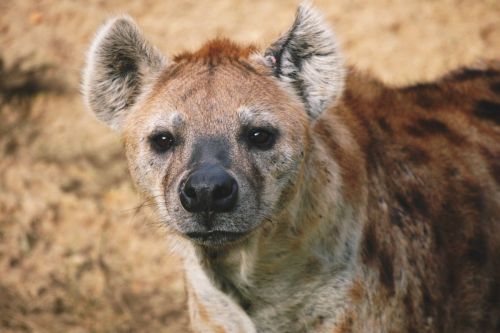15 facts about Javan leopard
The Javan leopard is one of the endemic animals of the island of Java in Indonesia. Due to habitat fragmentation, leopards are forced to breed within ...
Amur leopards are the world’s rarest wild cats. One of eight leopard subspecies, the Amur leopard is easily distinguished from its cousins. Despite being perfectly adjusted to the harsh conditions of their habitat, they face an extremely high risk of extinction.












